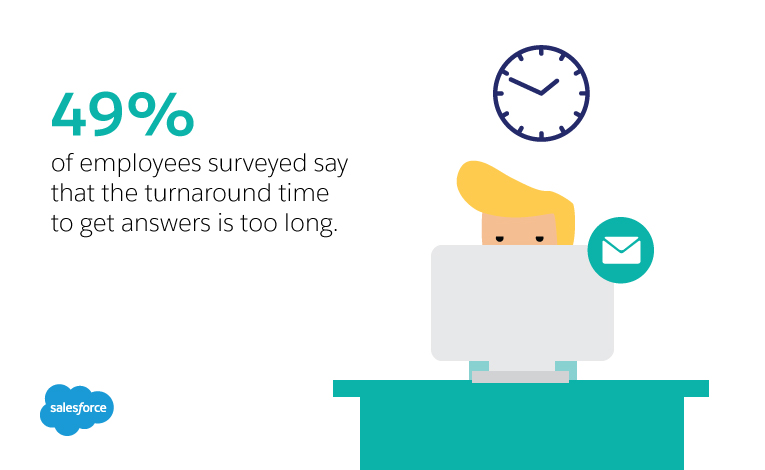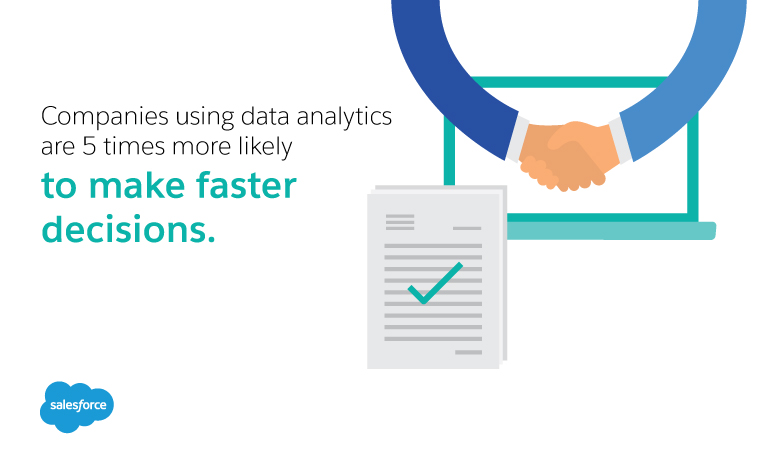data discovery
What Your Business Should Look For In Data Discovery Tools

What Is Data Discovery?
Advantages of Data Discovery

While there is certainly some overlap when it comes to defining data discovery vs. traditional business intelligence, and many individuals and organisations may have their own specific definitions for each concept, the major advantage of data discovery lies in its speed. By focusing on big-picture results, users can get directly to the heart of the catalysts that directly affect business, without having to wade through a sea of data to do it. And given that 49% of employees say that turnaround time to get answers is too long, this is an advantage that should not be overlooked.
Of course, for this to be possible, organisations need the right data-discovery tools.
Traits of Effective Data Discovery Tools
The effectiveness of data discovery is dependant upon the capabilities of the tools used to implement it. And as with any popular business tools, there is a wide range of options from which decision makers can choose. So where to begin?
First and foremost, data discovery tools need to be able to fill the specific needs of the specific organisation, which means that tools that are a perfect fit for one company may not be a perfect fit for another. That having been said, there are certain features that most users would agree are a necessary part of an effective data discovery solution:
- A Limited Need for IT Support. While there will always be a need for experts when it comes to technology, the best data discovery tools are the ones that can be easily and effectively adopted by non-experts. The gathering, sorting, and displaying of data should be automated wherever possible, and provide an intuitive interface for all levels of tech-savviness. This means not only simpler adoption, but also reduced costs.
- The Ability for Extensive Customisation. Given that every business has it’s own focus when it comes to the data that they consider important, it only makes sense that an effective data discovery tool be customisable to meet that focus. By selecting parameters, as well as determining how information should be displayed, business leaders can ensure that the tool is showing them exactly what they want to know.
- Find a Platform with the Right Amount of Compatibility. Data discovery is not a one-time task, and it’s not something that falls under the responsibility of a single employee; it’s an ongoing, cooperative effort. Consequently, an effective data discovery tool is one that should be accessible across any platform, both stationary and mobile. Cloud-based data discovery tools make this a possibility, allowing for direct access from any device, at any location, and by any authorised user. This also promotes interdepartmental coordination, as all users are able to access the same information at the same time.
- Advanced Data Gathering and Refining. Although effective data discovery tools should be able to display information in a way that is easy simple, it’s ability to compile and condense data should be anything but. Valuable information can come from a myriad of sources, and the data discovery tool needs to be able to gather that information, and distil it down into something that is approachable.
- Access to Full Visualisation. For data discovery to be practical, it needs to be able to present information in a clear and simple way. However, it also needs to be able to do so without leaving out pertinent data. The best data discovery tools provide full visualisation, so that users are able to get the complete picture at a glance, rather than just a portion of it.

When used properly, data discovery can help businesses extract valuable conclusions from large amounts of raw data, and to do so quickly. In fact, companies that use data analytics are five times more likely to make faster decisions.
But just as every business is different, so to is every data discovery tool. Finding a data discovery tool that fits the needs of a specific business, and that does so in a way that is intuitive and useful, can help businesses of all sizes make the most of the information that they capture.

